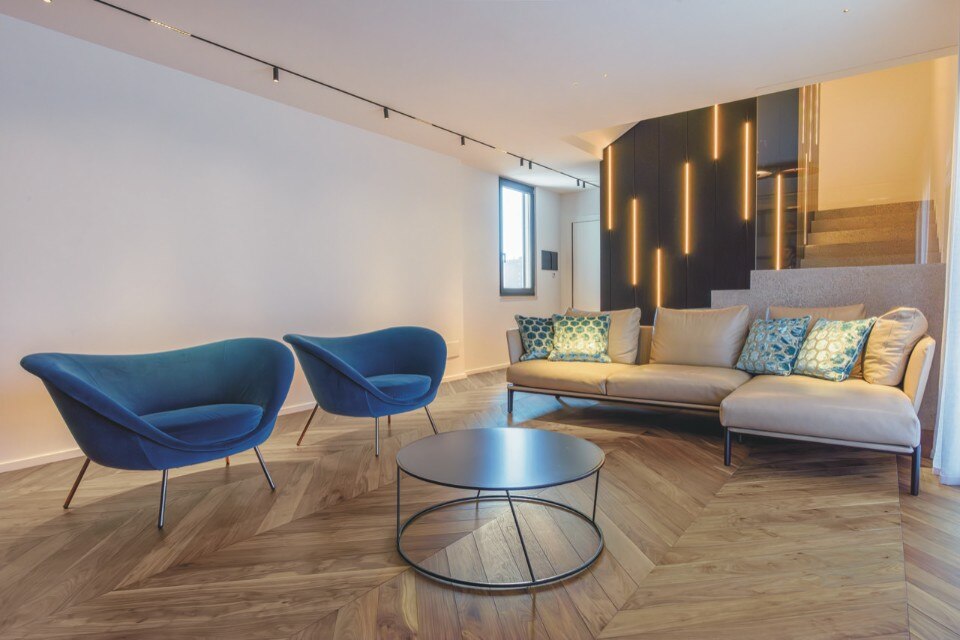A few years ago in a flea market I found a VHS movie. I don't remember the title or the director but I do remember the plot and the independent production, which was probably from New York. It was the story of an encounter of two men who left the respective cities where they had been born and raised. The Parisian was trying to escape a Europe that was too closed in on itself and incapable of creative leaps to go to New York, a place to be reborn. The New Yorker, however, exhausted by the rhythms of a city without a soul, wanted to find peace in Paris. I couldn't finish the film because the VHS was damaged.
The next day I returned to the flea market stalls and poking around, I replaced the first film with The Double Life of Veronique by Krzysztof Kieslowski. I watched the movie that same evening. It is the story of two women who live in different places in Europe—Paris and Krakow—and who unconsciously feel each other's emotions. For me, the plot of this film intertwined with that of the two men in search of a better place to live.
The human impulses in these two films unsettle all political and geographic logic. I selected the images for the Project Heracles with the idea of Kieslowski's film in mind: people who live in different places who nourish each other reciprocally in search of a better place to live.
People who do not necessarily help or rescue each other, but, without knowing it, exchange pure and simple emotions.
Postcard #85. [top] Technicians call them the "physiological dead" as if they were almost natural. For these lost souls, Gu Junchen imagined a ship- refuge to host people who need it. At the center, a dome for any kind of religious worship. This Kharon, that had never been imagined, has today become a necessity: an emergency ship that can save souls who are being swallowed up in silence.


I selected the images for the Project Heracles with the idea of Kieslowski's film in mind: people who live in different places who nourish each other reciprocally in search of a better place to live.





Salvatore D'Agostino, curator at Wilfing Architettura

The electric car at the service of the Smart City
Power banks connected to the city grid and computation control units providing public data centers with informations related to traffic, environment and critical issues. At the Domus Talk organized with Renault, the role of EVs as accelerators of urban cognitivity emerged.




